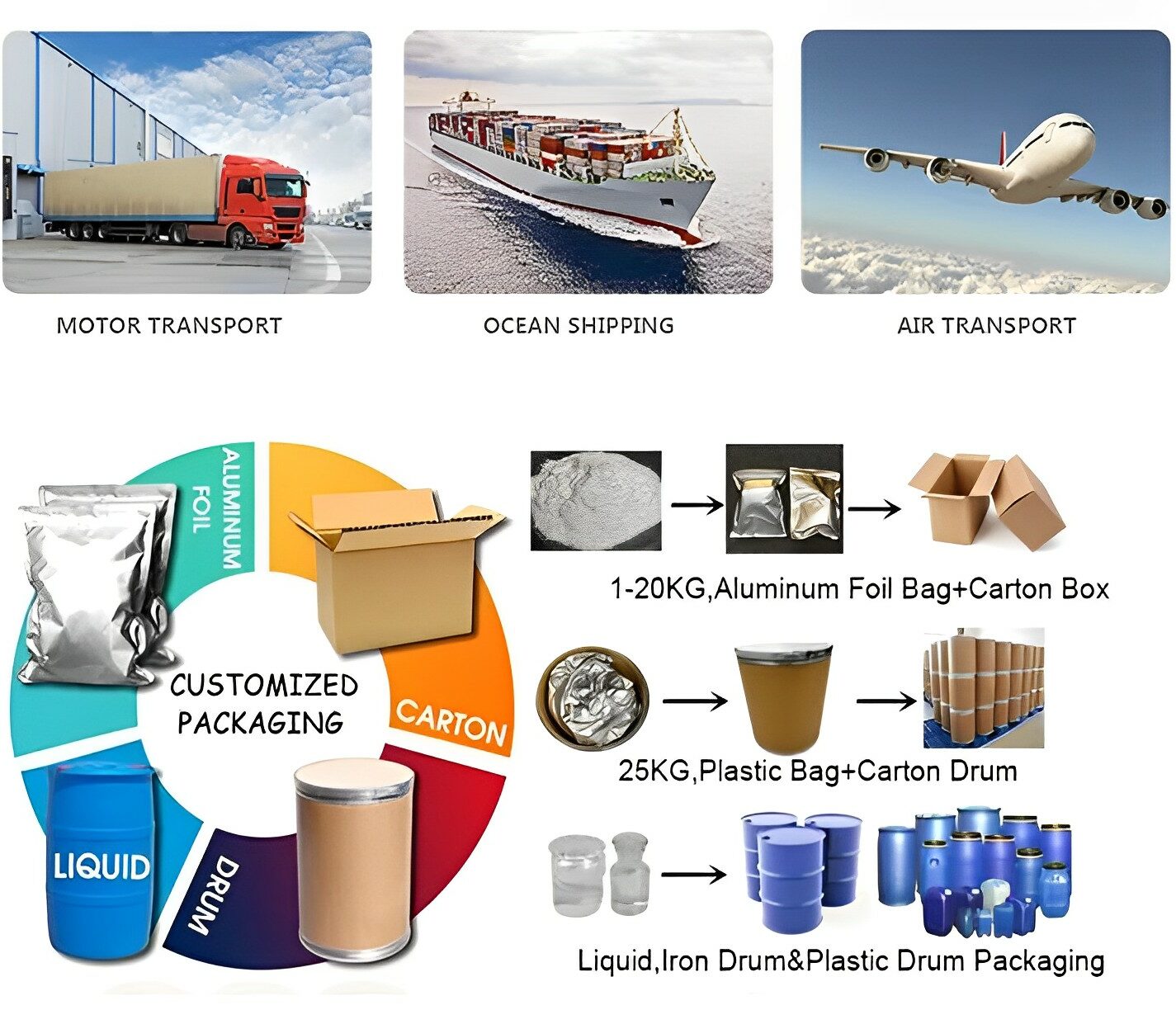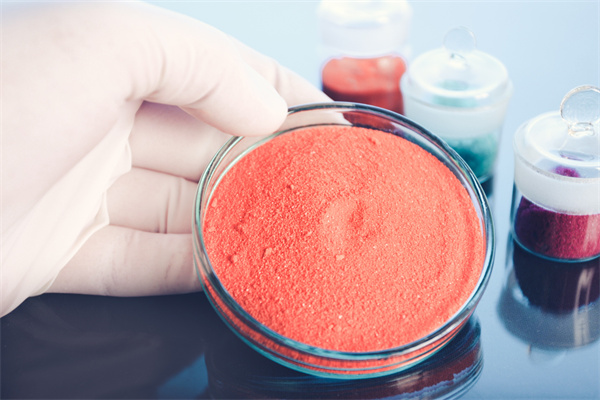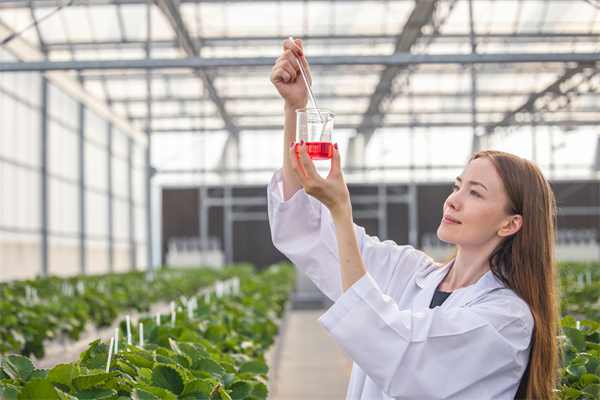Inquiry Now
Any questions? Send us message now! We’ll serve your request with a whole team after receiving your message. 🙂
Product Name:Sodium benzoate
CAS No.:532-32-1
MF:C7H5NaO2
Appearance:white power
Provide low minimum order quantity to meet different needs.
Provide customized products and design services to meet unique customer needs.
Ensure fast order processing, minimize waiting time, and provide reliable and efficient service.
Provide high quality products with customer satisfaction at the core.
Sodium benzoate Usage
1. Sodium benzoate, also known as sodium benzoate, is a food preservative commonly used in the food industry in China. It has an odorless or micro-scented benzoin odor and has a sweet taste. Stable in the air, it can absorb moisture in the exposed air. Naturally found in blueberries, apples, plums, cranberries, cranberries, prunes, cinnamon and cloves, its bactericidal properties are weaker than benzoic acid, and the bactericidal power of 1.180 g of sodium benzoate is equivalent to about 1 g of benzoic acid.
2. In an acidic environment, sodium benzoate has a significant inhibitory effect on various microorganisms. When the pH is 3.5, 0.05% solution can completely inhibit the growth of yeast, but when the pH is above 5.5, it has a poor effect on many molds and yeasts. There is almost no effect in an alkaline solution.
3. After sodium benzoate enters the human body, it combines with glycine to form uric acid or combines with glucuronic acid to form glucuronide during biotransformation, and all of it is excreted from the urine and does not accumulate in the body. It is a safer preservative in the normal dosage range and has no toxic effect on the human body. It can be used in carbonated drinks, concentrated juices, margarines, gum bases, jams, jellies, soy sauce, etc.
4. The daily allowable intake (ADI) is <5 mg/kg body weight (based on benzoic acid).
Sodium benzoate is more lipophilic, easily penetrates into the cell membrane, interferes with the permeability of the cell membrane, inhibits the absorption of amino acids by the cell membrane, enters the alkali storage in the ionized acidified cells of the cell, and inhibits the activity of the respiratory enzyme of the cell. The acetyl-CoA condensation reaction is prevented, thereby serving the purpose of food preservation.
Food additives are substances that are added to food products to enhance their flavor, appearance, texture, or shelf life. They play an important role in the food industry by improving the quality and safety of processed foods. Here are some common applications of food additives:
Food additives like sodium benzoate and sorbic acid are used to prevent the growth of bacteria, fungi, and other microorganisms in food, thereby extending its shelf life.
Additives such as monosodium glutamate (MSG) and nucleotides are used to enhance the taste and flavor of food. They can intensify existing flavors or create new ones.
Food dyes and pigments, such as tartrazine (Yellow 5) and cochineal extract (carmine), are used to add or enhance the color of food products. They are commonly used in candies, beverages, and processed foods.
Artificial sweeteners like aspartame and sucralose are used as sugar substitutes in various food and beverage products, including diet sodas, sugar-free candies, and low-calorie desserts.
These additives help to stabilize and prevent the separation of ingredients that are not naturally mixable, such as oil and water. Common emulsifiers include lecithin and mono- and diglycerides.
Additives like vitamin C (ascorbic acid) and tocopherols (vitamin E) act as antioxidants, which help to prevent the oxidation of fats and oils in food, thereby extending their shelf life.
Food additives such as carrageenan, xanthan gum, and pectin are used to stabilize and thicken food products, improving their texture and mouthfeel.
These additives, such as silicon dioxide and calcium silicate, are used to prevent powdered or granulated ingredients from forming clumps or becoming sticky.
Acidulants like citric acid and lactic acid are used to adjust the acidity or pH of food products, enhancing their flavor and acting as preservatives in certain cases.
Additives like maltodextrin and cellulose are used to increase the volume or bulk of a food product without adding significant nutritional value.
It’s important to note that food additives undergo strict safety evaluations by regulatory authorities, such as the U.S. Food and Drug Administration (FDA) and the European Food Safety Authority (EFSA), to ensure they are safe for consumption within specified limits.

WAP Chemical
2 Years
TUV, CE, INMETRO
TT, L/C, Western Union
7-15 Days
Can Be Negotiated

At WPA Chemical, we prioritize safety and adhere to strict quality standards in the production of food additives. Trust us to deliver products that meet and exceed industry regulations.

With a wide variety of food additives, we offer a comprehensive selection to cater to diverse needs. From preservatives to flavor enhancers, we have the perfect solution for every culinary requirement.

Our products undergo rigorous testing and analysis to ensure their efficacy and safety. Count on WPA Chemical to provide food additives that have been thoroughly examined and approved for consumption.

With years of experience in the food additive industry, we have developed a deep understanding of market trends and customer demands. Rely on our expertise to provide you with the finest quality additives.

We are committed to sustainable manufacturing practices. Our food additives are produced using environmentally friendly processes, reducing our carbon footprint while delivering exceptional results.

We prioritize customer satisfaction and aim to build long-lasting relationships. Experience our prompt service, reliable delivery, and personalized support, ensuring your needs are met with utmost professionalism.
Any questions? Send us message now! We’ll serve your request with a whole team after receiving your message. 🙂
Privacy Policy. Powdered by XCHEMI
Fill out the form below, and we will respond to your inquiry as soon as possible.
